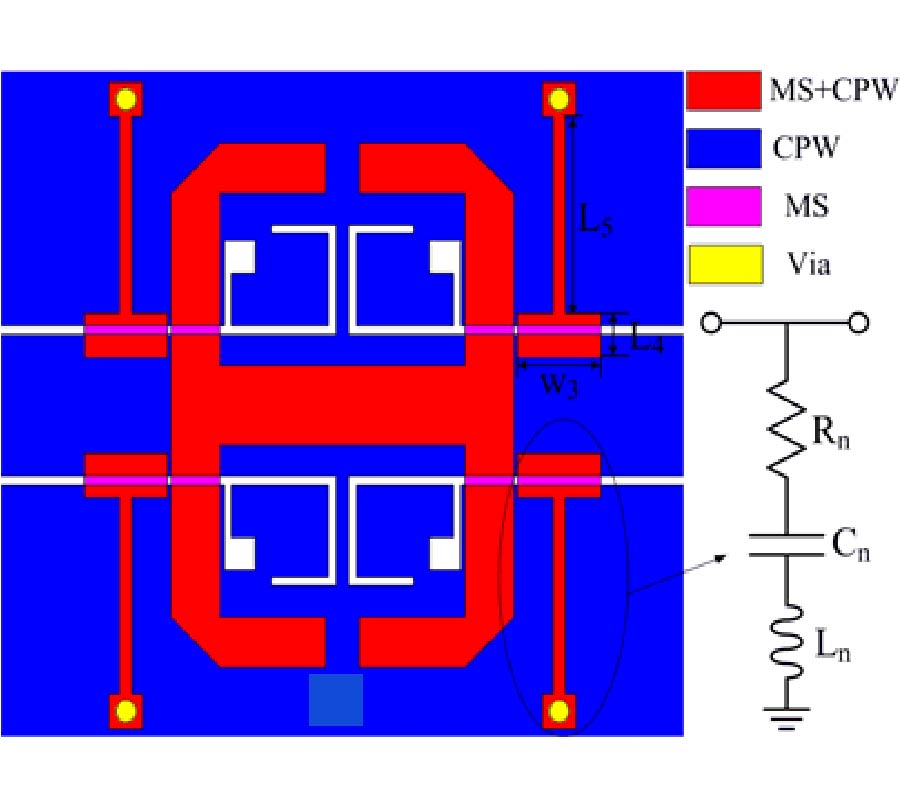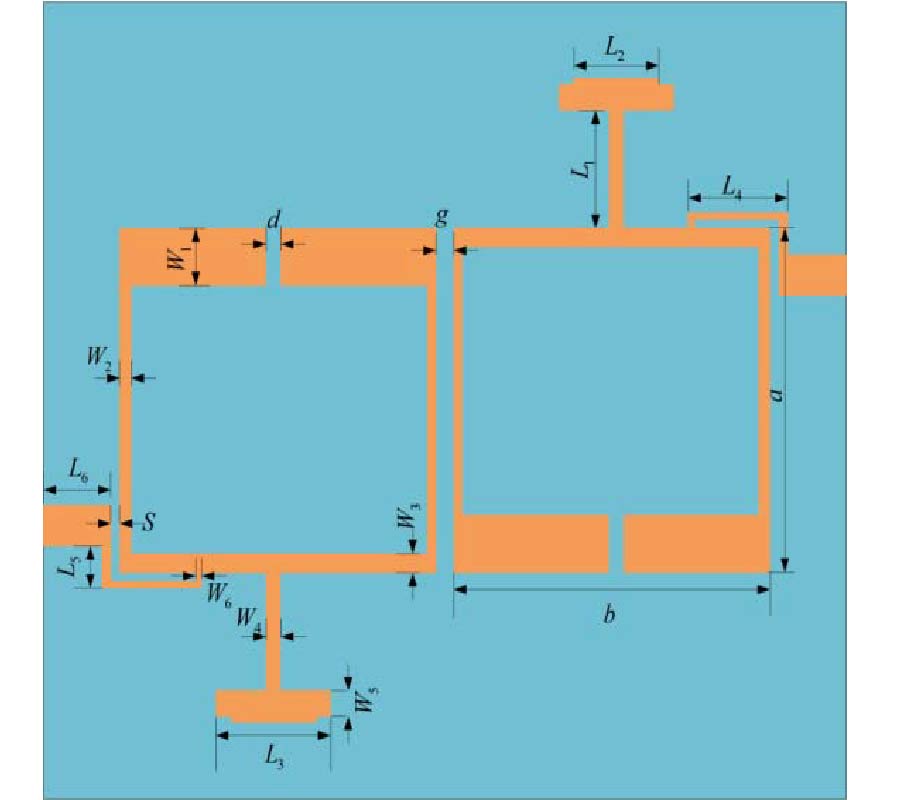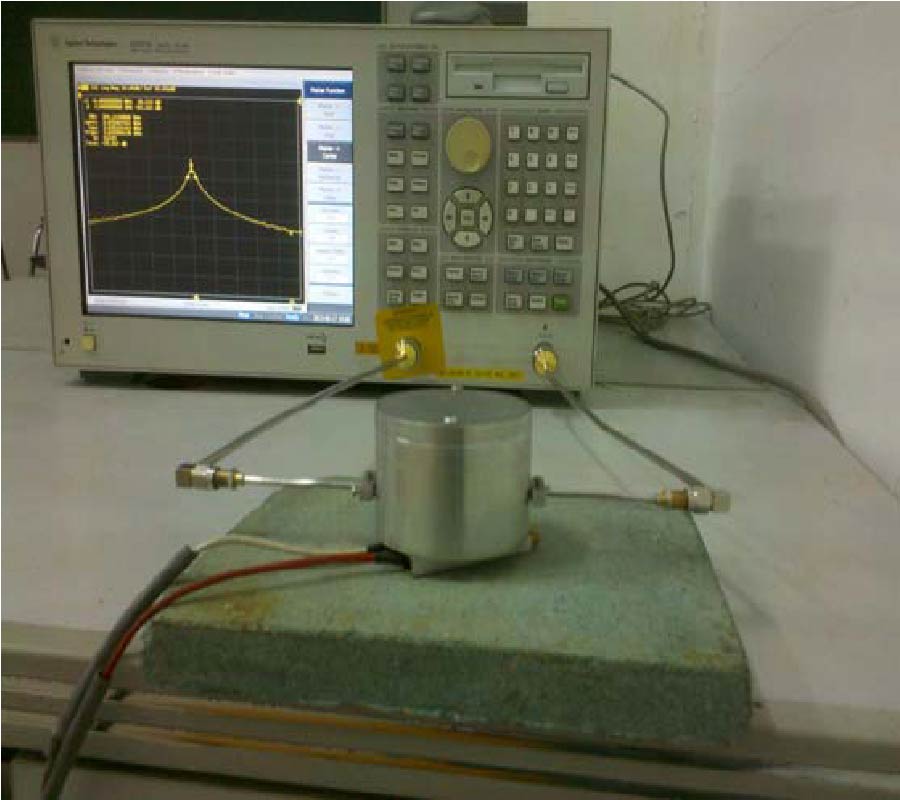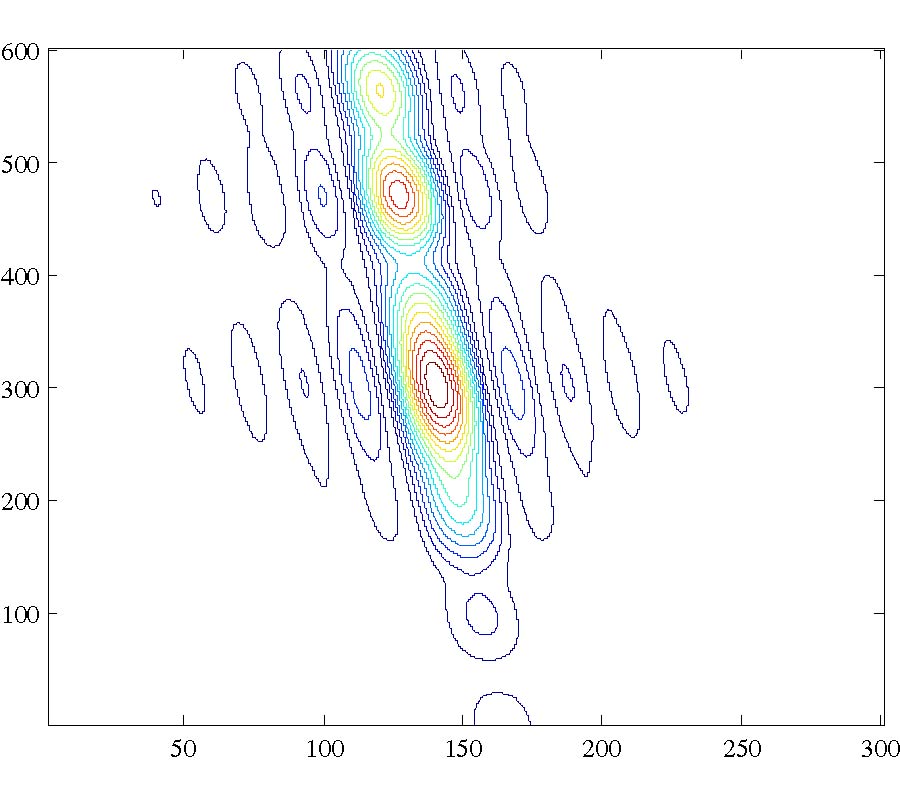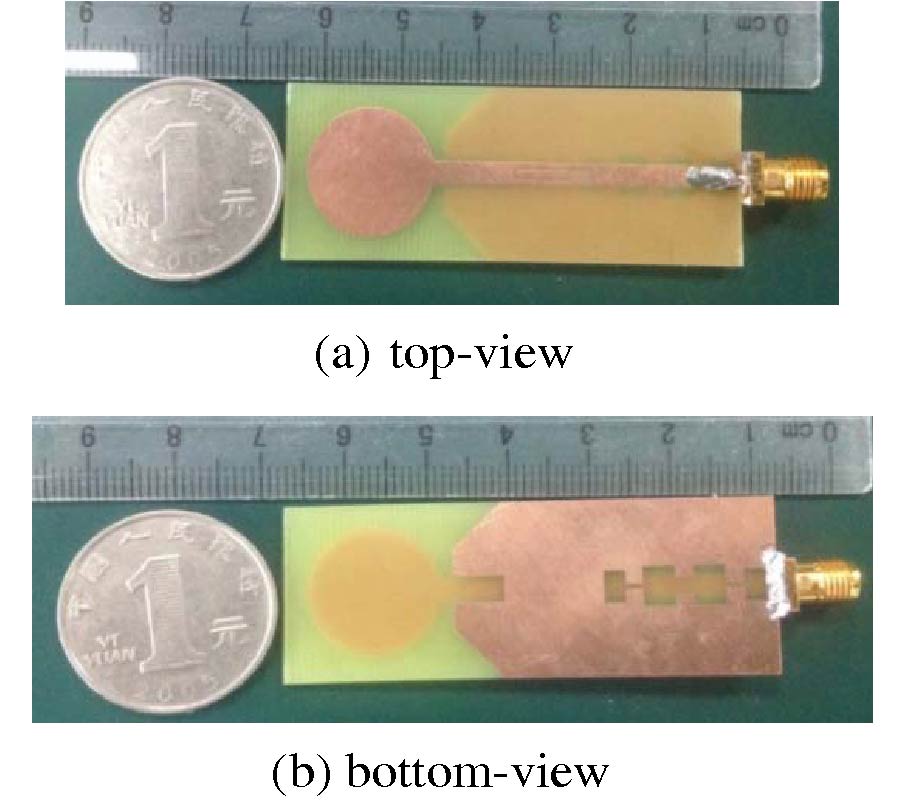A Planar Out-of-Phase Power Divider with Unequal Power Dividing Ratio
Shiyong Chen,
Tianlin Zhang,
Tianchong Huang and
Yantao Yu
A planar power divider with unequal power division and out-of-phase feature is presented. Firstly, the principle of the proposed power divider containing transmission lines with the same characteristic impedance is analyzed. The power dividing ratio can be adjusted by only the elctrical lengths of the transmission lines. Design equations of the proposed circuit are derived. Secondly, the method to reduce the size of the power divider is discussed. For illustration, a 2:1 prototype operating at 1.5 GHz is designed, fabricated and measured. The measured results show that S21, S31, and S11 are about -1.84, -4.96 and -28.4 dB at 1.5 GHz, respectively, that the isolation S23 is better than -20 dB from 1.44 to 1.56 GHz and that the phase difference between two output ports is about 180.54˚ at the center frenquency.


